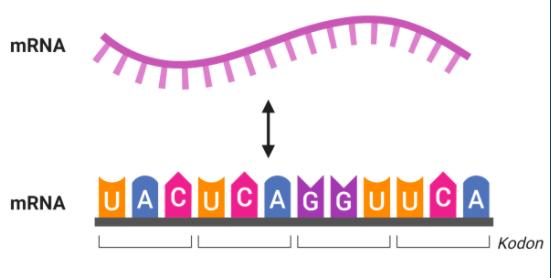It's been a tough time to be an anti-vaxxer, and it just got tougher. A letter to the editor in the New England Journal of Medicine revealed how effective the Pfizer–BioNTech and Moderna vaccines are at preventing infection among frontline health care workers (group 1a). How effective were the shots? Very. And these results provide real-world evidence that reinforces Phase 3 efficacy data. It is becoming increasingly difficult to argue that the mRNA vaccines have performed in any way other than spectacularly.
William Daniel, M.D. and colleagues at the University of Texas Southwestern Medical Center reported on a vaccination program at their hospital that began on December 15, 2020 – the time that Texas was inundated with cases as the largest surge yet hit the area.
During the 31 days following the start of vaccination, more than 23,000 (59%) of the UTSW employees were vaccinated, and more than 6,100 (30%) had gotten both shots. Approximately 9,000 employees were not vaccinated.
The authors compared the infection rate of the three groups. The results are both informative and impressive.

Source: William Daniel, M.D., et. al., NEJM, March 23, 2021 DOI: 10.1056/NEJMc2102153
Of the non-vaccinated employees, 234 infections (2.6%) became infected (as determined by the PCR test). Of those who had gotten only one shot, 112 (1.8%) and only 4 of the 8,121 (0.05%) of the employees who got both shots became infected. A couple of interesting points:
- The experts who argued that a second shot is necessary would appear to be correct, but I am surprised that the infection rate in those who got one shot wasn't terribly different from those who weren't vaccinated. But there may be more going on here (1).
- It is more than a little interesting that when the fully and non-vaccinated groups are compared, the vaccine's protection rate in this study is 98.1%, similar (but superior) to the 95% protection seen in Phase 3 trials.
Success Breeds More Success
What about life in the hospital? By February 4th, 70% of all employees had been vaccinated, and there was a dramatic drop in the number of workers who were either self-isolated or self-quarantined.

Number of self-isolated or self-quarantined employees between December 14, 2020, and February 28th, 2021. This represents a decline of more than 90%. Source: Supplemental Material
It is clear that vaccine hesitancy presents an important challenge, even when access is not an obstacle. Addressing the factors underlying this reluctance through insights gained from experience will be essential if the full potential benefit of vaccination in creating a path to normalcy is to be achieved.
William Daniel, M.D. and colleagues. March 23, 2021.
NOTE:
(1) There are probably multiple factors contributing to the apparent ineffectiveness of a single vaccination. For example, there is no information about the time after the first shot when infection was measured. Some of the people who got only one shot likely became infected before immunity developed. By the time the second shot was administered, a minimum of three weeks would have passed, and the first shot would have had the chance to become more effective.



